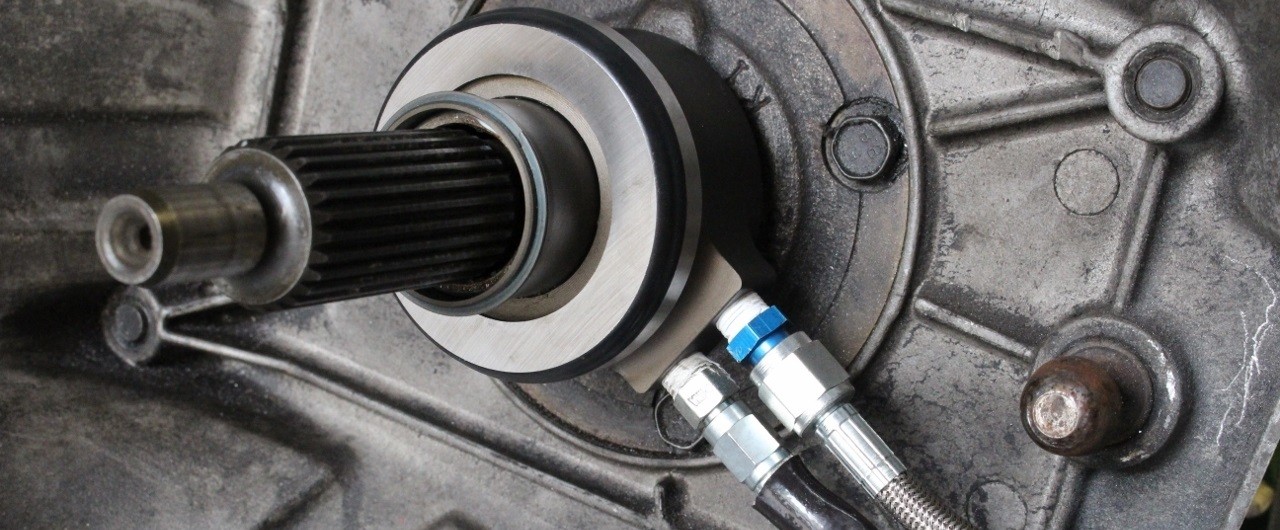
All vehicles that work with manual transmissions have such an essential tool as a clutch slave cylinder. So, what is a slave cylinder? It is a component that collaborates with the clutch master cylinder in order to relieve the clutch after the brake application. By the reason of this process, the transmission can be shifted without any problems. The master cylinder gives a pressure to the slave, so it can pull out a rod that, in turn, pushes against the fork or lever to disable the clutch.
These slave cylinders are used widely in a lot of industries where hydraulics or pneumatic systems are applied practically. Besides, a slave cylinder not always works alone. Some vehicles can be equipped with several cylinders to improve their performance.
Working principle
What does a slave cylinder do? A slave cylinder is a supplement that can get longer or shorter to reach another part. This action pushes another cylinder or equalizes fluid pressure. It influences different moving parts of the vehicle such as brakes, clutch, etc.
Collaboration
Sometimes clutch cylinders can work in a chain. However, there is one master (head) cylinder at the beginning of the chain. This spare part manages all the work. This so-called collaboration is useful when there is one moving spare part; still, it needs an additional part to operate in one team. As the head cylinder starts working, it launches its additional cylinder and they work together.
Slave cylinders in cars
In the car, there can be found different types of these spare parts. They can have different names, however, all of them do the same work. Car cylinders are located in brakes, and they are called as brake, master, or wheel cylinders. Besides, they can be located in the power steering system of the car.
Pressure necessity
Indeed, slave cylinders can cope with various tasks, nevertheless, it can’t work without necessary pressure. Hydraulic or pneumatic pressure can help with it.
A master cylinder with a reservoir of brake fluid is located in the hydraulic system (e.g. car brakes). This brake fluid runs through the slave cylinders to launch wheel cylinders. Speaking about a pneumatic system (e.g. air brakes in trucks), air pressure makes the cylinders move when the toggle for the air brakes is depressed.
Durability
Yet, a clutch slave can be broken after its depression. Such damage may lead to serious problems. If this happens, the vehicle won’t be able to shift gears in the proper way, for example. Moreover, when the slave is damaged, it can start leaking, because of the damaged seal. After that, the air can break into the system so that the pedals feel soft.

My name is Brandon, and I’ve been interested in cars since I was a kid. I got a bachelor’s degree in Automotive Technology and worked in a private car workshop. I have two cars that have been completely upgraded with my own hands. So I successfully put all my knowledge into practice.
